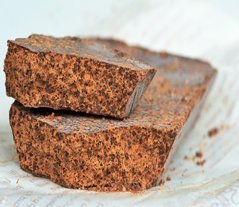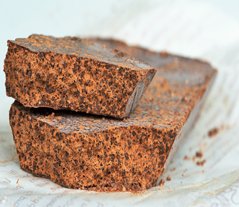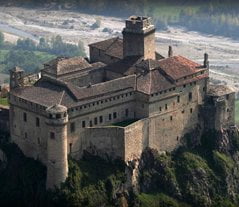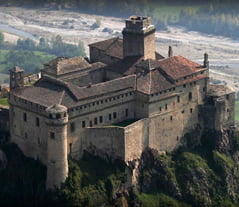Emilia-Romagna, Land of Culinary & Automotive Innovation
While we love to look back and reminisce on all the great memories of past trips, we are also excited and look forward to the incredible experiences we will arrange once the rest of the world can join us again in Italy.
A prime example is the historic region of Emilia-Romagna. With charming cities such as Parma and Piacenza, or Ferrara, Modena, and Ravenna whose artistic treasures are enlisted as UNESCO World Heritage Sites, Emilia-Romagna offers excellent opportunities for those interested in history and the arts. In addition, Bologna, home to the western world’s oldest university, is a vibrant city with plenty to see resulting in days spent exploring grand piazzas, Medieval and Renaissance architecture, and historic markets. That said, there are two other
important reasons for why this less explored region is one of Italy’s most underrated jewels:
Slow Food and Fast Cars.
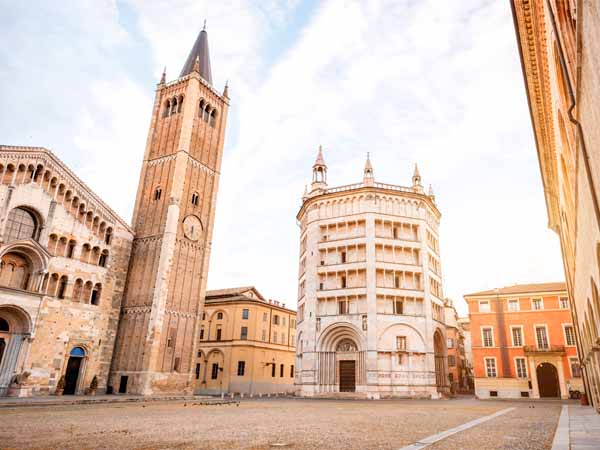
Italy’s Culinary Capital: Emilia Romagna
Famous for being the gastronomic heart of Italy, Emilia-Romagna is the ideal place for anyone who enjoys unique culinary experiences and high quality traditional products. As Italy’s first region to adopt a strict criterion pertaining to the production of quality controlled food products, today Emilia-Romagna has the most certified PDO (Protected Designation of Origin) and PGI (Protected Geographical Indication) products in the entire country.
Local Products of the Highest Quality
Any food lover will immediately recognize some of the names on Emilia-Romagna’s long list of PDO and PGI products, while other tasty creations are just waiting to be discovered. Among these delicious products, you will find Parmigiano-Reggiano (nicknamed “The King of Cheeses”—and for good reason) as well as the fragrant Traditional Balsamic Vinegar of Modena and the sublime Prosciutto di Parma.
Another product certainly worth mentioning, which may not be immediately recognizable outside of Italy, but can hold its own among the region’s culinary heavyweights, is the Culatello di Zibello, a slow-cured boneless ham that is considered to be a prized rarity among Italians.
For the perfect pairing, consider tasting a nice glass of Lambrusco, one of Emilia Romagna’s superb DOC wines. This sparkling red wine is often featured on tables throughout the region in the company of local cheeses, cold cuts, and meat dishes.
After sampling the Emilia-Romagna’s best cured meats and cheeses, be sure to save room for the handmade pasta, which is nothing short of heavenly. As the home of so many internationally renowned pasta dishes, your most difficult decision will be deciding where to start.
In Emilia-Romagna, fresh egg pasta reigns supreme and a few of the most celebrated shapes include tortellini, cappelletti, and, of course tagliatelle, Emilia-Romagna’s iconic pasta shape traditionally served with ragù alla bolognese, a slow-cooked meat sauce that is also the star of the famous lasagne alla bolognese.
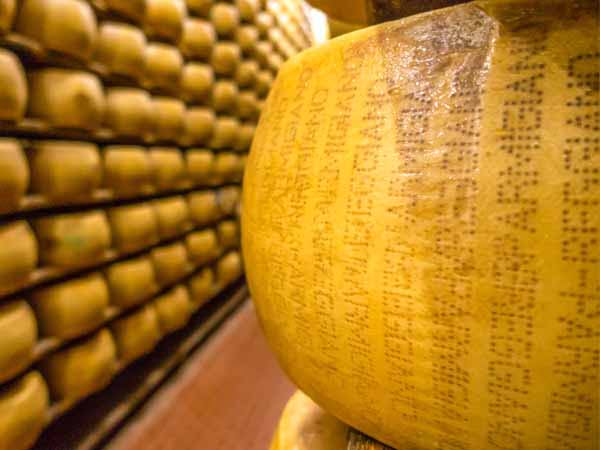
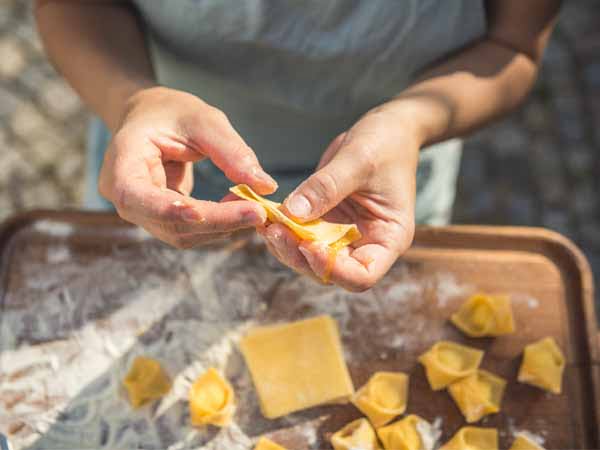
Zoom Through the Motor Valley
Though there is so much delicious food to enjoy, travelers should be sure to dedicate time to Emilia-Romagna’s other great export: sports cars. Referred to as the Motor Valley, Emilia-Romagna is unique due to the high number of luxury car manufacturers, motorcycle manufacturers, race tracks, and car museums that are all located within a relatively small area. This region is also renowned for its constant innovation in the field of motorsports thanks to ground-breaking developments that are supported by continuous research.
The titans of the automotive industry that call Emilia-Romagna home include such famous names as Ferrari, Lamborghini, Maserati, Ducati, and Pagani. Each brand is inexplicably tied to this enchanting land from which so much inspiration has been drawn over the decades. Any car lover is sure to enjoy learning more about these automotive powerhouses, visiting the local racetracks (including the ones in Imola and Misano), and exploring museums dedicated to those who continue to push the envelope in technological advancement.
Reimagining the Museum
Italy may be known for its art museums, but the museums located in Emilia-Romagna that are dedicated to automotive brands and motorsports offer a whole new experience. Case in point, visits to the Lamborghini Museum, Maserati Museum, and Ducati Museum offer an up-close look at the history of these influential manufacturers as well as interactive exhibits plus the exceptional opportunity to go behind-the-scenes and witness the production lines.
Also worth visiting is the Pagani Factory and Museum, which may be the youngest of Emilia-Romagna’s automotive brands, but it certainly holds its own thanks to meticulously designed products. Furthermore, Ferrari lovers have two museums to choose from: a museum dedicated to the brand’s founder, Enzo Ferrari, in Modena, and the Museo Ferrari, located in Maranello, the brand’s headquarters.
For travelers with a need for speed, channel your inner Michael Schumacher and test-drive an actual Ferrari (or another super car, such as Lamborghini, if preferred) on the nearby Autodromo of Modena or even the public roads for a true local experience. Alternatively, during a visit to the Museo Ferrari it is possible to take a spin on the exhilarating F1 Driving Simulator.
As we celebrate past experiences and look to the future, this is just a small taste of what Emilia-Romagna can offer. Once things are back to normal, we cannot wait to share these experiences with you. In the meantime, let’s continue to dream. If you are considering adding Emilia-Romagna to your bucket list, click here to discover more about this region’s unforgettable treasures.
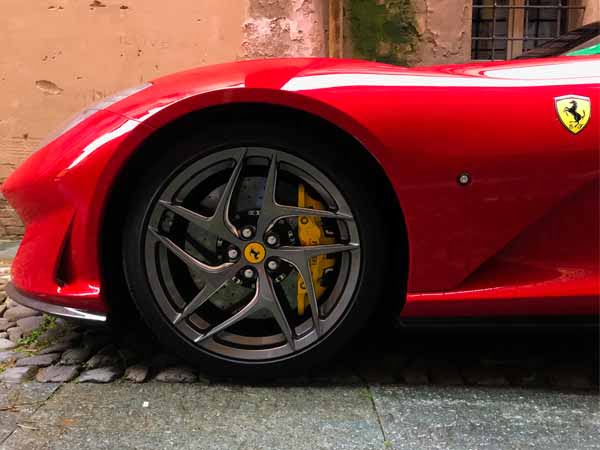
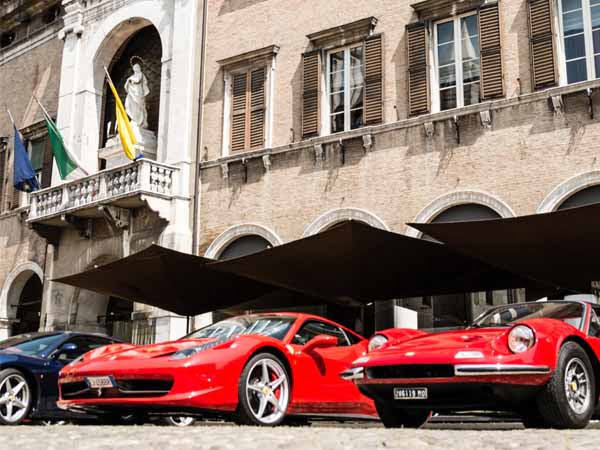

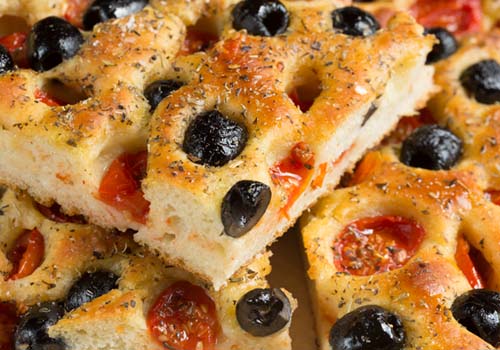
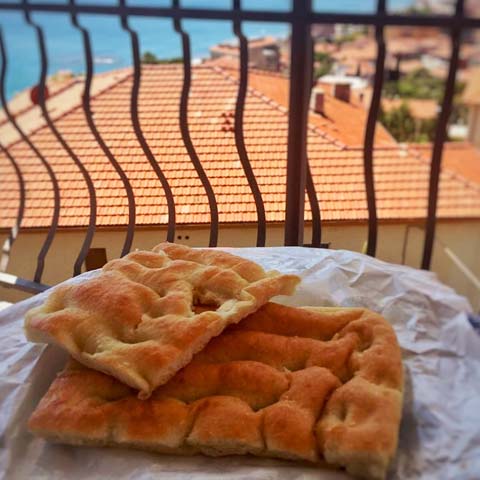 The historical origins of focaccia are quite ancient. The Phoenicians, Carthaginians, and Greeks all used barley, rye, or millet flour to bake flatbreads over flames similar to the modern process of baking focaccia. The word focaccia itself derives from the Latin word focus, which means “hearth” and “fireplace”. In ancient Rome, focaccia was considered to be such a rich delicacy that is was often offered as a gift to the gods. During the Renaissance, focaccia was enjoyed with wine and other treats as part of wedding celebrations. Legend has it that since these celebrations occurred in church, focaccia eventually became a popular treat during funerals too. This tradition was quickly put to an end by a local bishop as it was deemed too joyous for such somber occasions. In addition, the portable, delicious flatbread was typically considered the food of travelers and fishermen up until modern times.
The historical origins of focaccia are quite ancient. The Phoenicians, Carthaginians, and Greeks all used barley, rye, or millet flour to bake flatbreads over flames similar to the modern process of baking focaccia. The word focaccia itself derives from the Latin word focus, which means “hearth” and “fireplace”. In ancient Rome, focaccia was considered to be such a rich delicacy that is was often offered as a gift to the gods. During the Renaissance, focaccia was enjoyed with wine and other treats as part of wedding celebrations. Legend has it that since these celebrations occurred in church, focaccia eventually became a popular treat during funerals too. This tradition was quickly put to an end by a local bishop as it was deemed too joyous for such somber occasions. In addition, the portable, delicious flatbread was typically considered the food of travelers and fishermen up until modern times.

